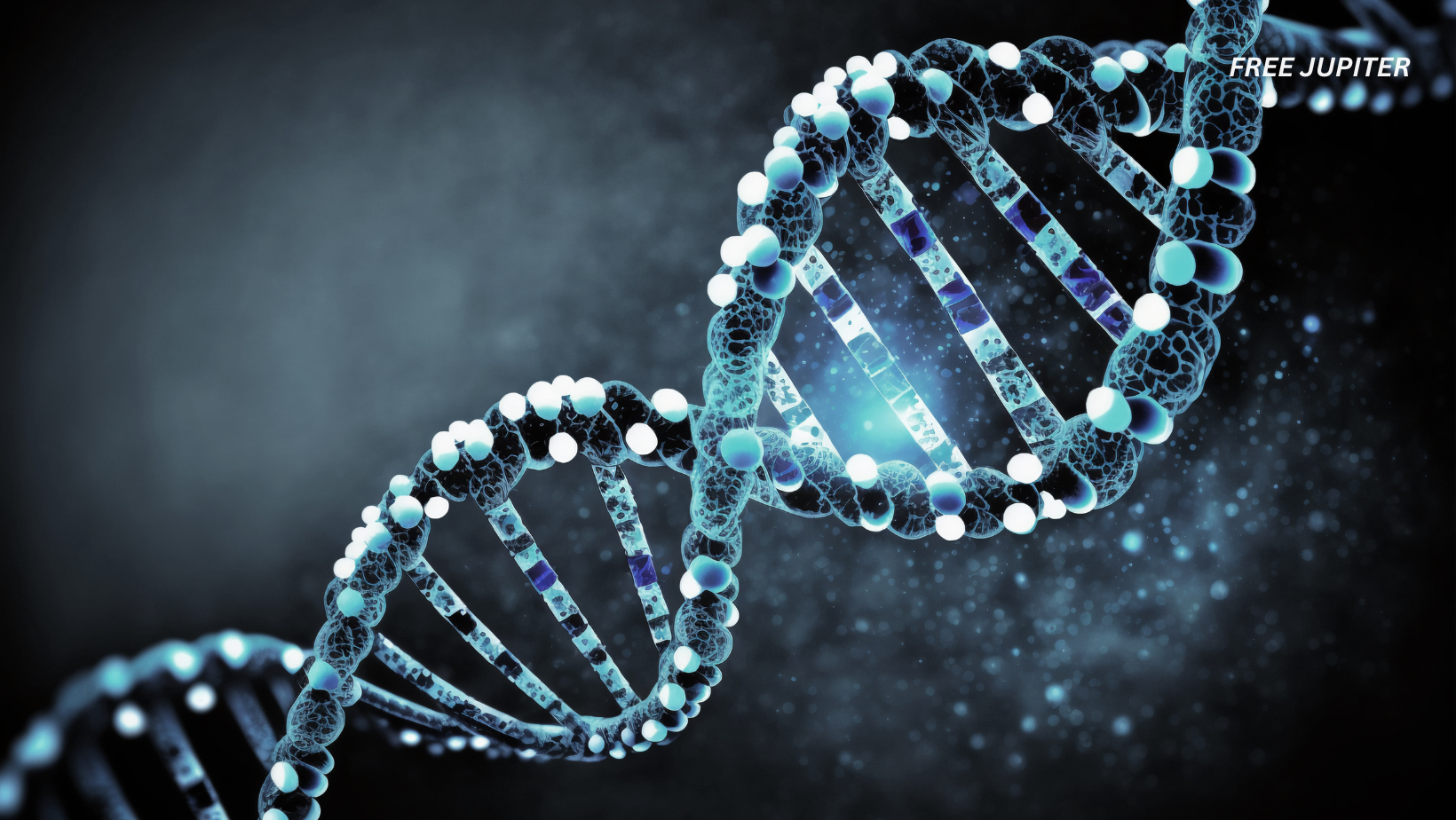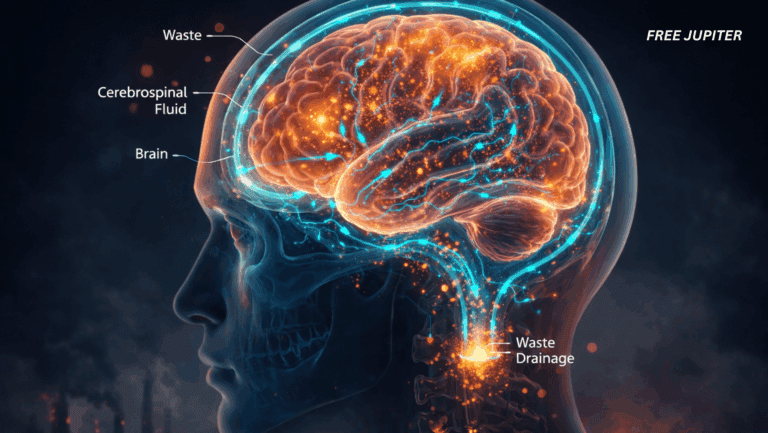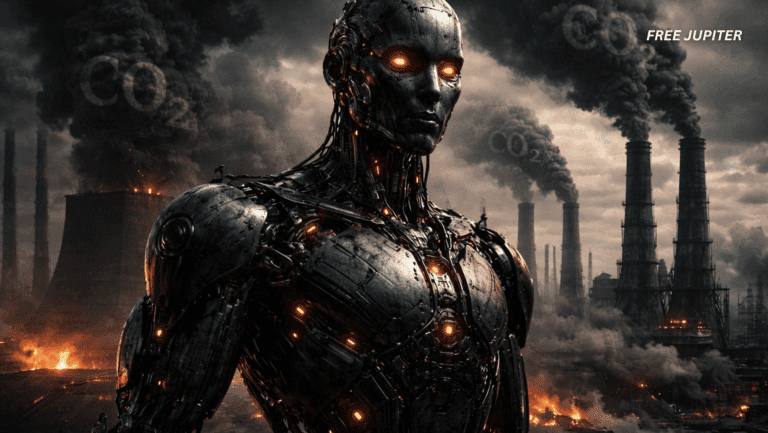Friendly Note: FreeJupiter.com shares general info for curious minds 🌟 Please fact-check all claims—and always check health matters with a professional 💙
Let’s be honest: the internet never stops growing. Every selfie, spreadsheet, email, and cat video has to live somewhere. But as the digital universe keeps expanding at an almost absurd pace, we’re running into a serious problem—where do we put all this stuff?
Surprisingly, the answer might come from inside our very own bodies. Enter DNA, nature’s original hard drive. While it’s been doing a stellar job of storing biological instructions for billions of years, researchers have discovered that DNA might also be the perfect medium for storing digital data—like your photos, videos, and even this article.
The Digital Data Dilemma
To understand why DNA is being considered as the next big thing in tech, we have to look at the scale of the data explosion we’re dealing with today.
Every single day, humans around the globe create over 402 million terabytes of data. That’s everything from streaming videos to banking records to TikTok drafts. In fact, in just three days, we generate as much data as humanity had ever produced up until the year 2010.
And the trend is only accelerating. By the end of 2026, tech experts expect that most organizations will need double their current storage capacity. To keep up, data centers are expanding rapidly. These vast warehouses of servers, humming away 24/7, consume colossal amounts of energy—not just to run, but to stay cool enough not to overheat. This is pushing big tech companies like Amazon, Microsoft, and Google to invest heavily in sustainable power, including solar and wind farms, to offset their carbon footprints.
But even with all that energy, we’re simply running out of space and efficiency. That’s where DNA enters the scene, elegantly unbothered by our frantic pace.
Read more: NASA’s James Webb Telescope Directly Photographs Saturn-Like Exoplanet For The First Time
What Makes DNA So Special for Storage?
Here’s the twist: DNA is already a storage device—it just wasn’t designed by us.
DNA holds the genetic instructions for all life using just four building blocks (nucleotides): A (adenine), T (thymine), C (cytosine), and G (guanine). That’s it. With just these four letters, nature has managed to build everything from hummingbirds to humans.
Digital computers, on the other hand, use binary code: ones and zeroes. So, researchers created a system that converts binary data into DNA’s four-letter language. The result? You can encode anything—music, movies, books, software—into a strand of synthetic DNA.
Here’s a breakdown of how it works:
1. Encoding
Your digital file is translated into a DNA sequence using a special algorithm. Think of this as converting a Word doc into genetic code.
2. Synthesis
Next, lab machines “write” or synthesize this code into physical DNA molecules. It’s not alive—it’s just a chemical string of letters.
3. Storage
The strands are then dried and sealed into tiny containers, often no larger than a grain of rice. Unlike hard drives, they need no electricity, no maintenance, and don’t degrade quickly.
4. Retrieval
To access the data, you simply sequence the DNA (read the letters) and convert it back into digital format.
No batteries required. No server rooms. Just the magic of molecular biology.
The Real-Life Test Runs
This isn’t just a cool theory. Real experiments have already proven that DNA data storage works.
- In 2019, a U.S. startup named Catalog managed to store all the English-language text from Wikipedia into strands of DNA.
- Another biotech firm, Twist Bioscience, is now able to synthesize millions of custom DNA sequences simultaneously using silicon wafers—dramatically reducing the time and cost involved.
They’ve even partnered with Microsoft to explore long-term data storage at a molecular level.
Read more: A ‘Zombie’ NASA Satellite Woke Up After 60 Years—And It Sent Out A Powerful Radio Pulse
Why It’s a Game-Changer
So, what makes DNA storage better than the cloud or an external hard drive?
🧬 Insane Density
A single gram of DNA can store about 215 petabytes. That’s 215 million gigabytes. Or:
- Over 2 million PlayStation 5 games
- Nearly every movie ever made, in high definition
- More than everything uploaded to YouTube
All that in something small enough to fit on your fingertip.
⏳ Longevity
DNA is remarkably stable. In ideal conditions—cool and dry—it can last thousands of years. Compare that to a hard drive, which might last 3 to 5 years before crashing.
Scientists have successfully read DNA extracted from the bones of woolly mammoths that died 10,000 years ago. Your vacation photos could easily outlive entire civilizations.
🔋 Energy-Free Storage
Once stored, DNA needs no electricity. Unlike data centers, it doesn’t need to be powered, cooled, or maintained. This makes it one of the most eco-friendly storage solutions ever conceived.
🔐 Never Obsolete
Even if our digital tech changes drastically, DNA will never go out of style. Why? Because we’ll always need to read DNA for medicine and biology. That means the tools to decode it will always exist.
But It’s Not Perfect Yet
Despite the awe-factor, DNA storage isn’t quite ready to replace your cloud subscription. Here’s why:
- Cost: Right now, writing data into DNA is still pricey.
- Speed: Retrieving data is much slower than pulling a file from a USB stick.
- Scale: Labs can’t yet match the speed or volume of current cloud providers.
- Error rates: Like scratched CDs, DNA can have “read errors.” Scientists are actively developing better error correction algorithms.
That said, researchers are making progress fast. Some believe DNA could soon match or outperform magnetic tape, which is already used for long-term data backups in places like government archives and media studios.
What Could the Future Look Like?
Let’s fast-forward 10 or 20 years.
- Your health records, family tree, or digital legacy could be stored in a capsule the size of a paperclip.
- Massive server farms might shrink down to closets, saving land, power, and cost.
- Libraries could preserve endangered languages, ancient texts, or even all human knowledge in a few grams of DNA.
- Space agencies might send DNA data drives on deep-space missions where weight and energy are at a premium.
And in an age of rapid climate change and tech obsolescence, DNA offers something most digital systems can’t: a nearly indestructible time capsule.
Read more: Heart Attack Deaths Are Way Down—But Something Else Us Killing Us Instead
From Cells to Servers: A Full-Circle Innovation
There’s something poetic about the idea that our future digital memories could be saved using the same material that carries our biological ones. DNA doesn’t just store life—it could store the story of life, including all our human experiences, achievements, and creativity.
And all of it? In something smaller than a crumb.
The future of data storage isn’t metal or plastic. It’s organic. It’s ancient. It’s microscopic.
And it’s already inside you.










